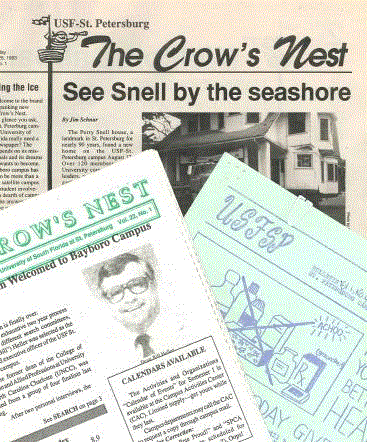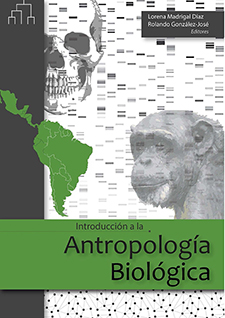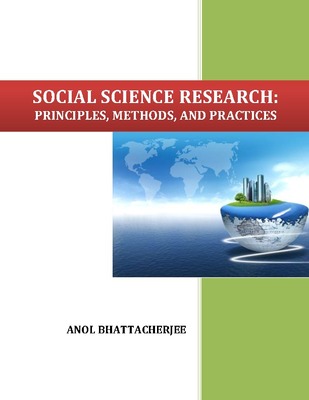Featured Publications
C-IMAGE data (C-IMAGE Collection)
The Center for the Integrated Modeling and Analysis of the Gulf Ecosystem (C-IMAGE)The Center for Integrated Modeling and Analysis of Gulf Ecosystems (C-IMAGE) was a research consortium of 19 U.S. and international partners focused on effects of oil spills on marine environments. The C-IMAGE consortium completed an unprecedented study of the Deepwater Horizon blowout of 2010 through funding from the Gulf of Mexico Research Initiative (GoMRI). The overarching objective of C-IMAGE was to advance understanding of marine blowouts as response agencies and production companies were underprepared to deal with the unique challenges of Deepwater Horizon. Data is made freely available to ensure society is better prepared to mitigate any future occurrences.
Projects from C-IMAGE I included ecosystem modeling based on biological, chemical, and physical data sets, marine resource assessments of ichthyoplankton, fish, and marine mammals, oil and dispersant toxicology, simulating high-pressure environments and their effects on fluids, and sediment analysis of oil-affected areas of the sea floor.
C-IMAGE II focused on Six Tasks covering a range of research areas including deep-ocean environments, sediment deposition, and plankton and fish species toxicity.
C-IMAGE III focused on GoMRI Research Themes 2 and 3: chemical evolution and biological degradation of the petroleum/dispersant systems and subsequent interaction with coastal, open-ocean, and deep-water ecosystems (Theme 2); and environmental effects of the petroleum/dispersant system on the sea floor, water column, coastal waters, beach sediments, wetlands, marshes, and organisms; and the science of ecosystem recovery (Theme 3).
The University of South Florida served as the host institution for C-IMAGE under the direction of Principle Investigator Dr. Steven Murawski, Assistant Director Sherryl Gilbert and Chief Science Officer Dr. David Hollander. The data in this repository contains the work of USF researchers. To view data from across GRIIDC’s research groups, please visit GRIIDC’s dataset monitoring webpage.
Crow's Nest (USF Student Publications)
The first issue of The Crow's Nest, which was originally known as the Bay Campus Bulletin, was published on October 30, 1969.
By mid-October 1970, the paper was renamed The Crow's Nest to give the paper an identity that fit in well with the small but growing campus along Bayboro Harbor. The Crow's Nest ceased publication from the summer of 1989 through the fall of 1991. Since 1991, the paper has generally appeared as monthly, semiweekly, or weekly issues during the fall and spring academic semesters. The paper has existed in many printed formats, including single-sheet mimeographed broadsides, small fliers, and traditional newspaper issues. Some later issues have variations of volume and issue numbers.
We would like to thank J.M. "Sudsy" Tschiderer for donating her collection of early issues of The Crow's Nest to the library. Since her days as a student in the late 1960s, Sudsy has played a paramount role in the development of student leadership on campus. She served as a founding member of the Student Activities office and worked in the Division of Student Affairs for nearly twenty-six years before working in other areas of the USF St. Petersburg campus. A USFSP graduate and staff member with an avid interest in journalism, Sudsy contributed to a number of campus publications, including The Crow's Nest which she helped establish in 1969.
- Crow's Nest 1969
- Crow's Nest 1970
- Crow's Nest 1971
- Crow's Nest 1972
- Crow's Nest 1973
- Crow's Nest 1974
- Crow's Nest 1975
- Crow's Nest 1976
- Crow's Nest 1977
- Crow's Nest 1978
- Crow's Nest 1979
- Crow's Nest 1980
- Crow's Nest 1981
- Crow's Nest 1982
- Crow's Nest 1983
- Crow's Nest 1984
- Crow's Nest 1985
- Crow's Nest 1986
- Crow's Nest 1987
- Crow's Nest 1988
- Crow's Nest 1989
- Crow's Nest 1991
- Crow's Nest 1992
- Crow's Nest 1993
- Crow's Nest 1994
- Crow's Nest 1995

Introducción a la Antropología Biológica (Institute for the Study of Latin America and the Caribbean (ISLAC))

Military Cyber Affairs (Open Access Journals)
ISSN: 2378-0789 (Online)
Military Cyber Affairs (MCA) is a peer-reviewed professional journal published bi-annually by the Military Cyber Professionals Association. Military Cyber Affairs provides a multi-disciplinary forum for scholarship and discussion of cyber operations, cyber defense, cybersecurity, and their military implications, drawing from the fields of intelligence, engineering, information technology, law and policy, among others.

Numeracy (Open Access Journals)
ISSN: 1936-4660 (Online)
Numeracy (ISSN 1936-4660) is the open-access, peer-reviewed, electronic journal of the National Numeracy Network (NNN). Numeracy supports education at all levels that integrates quantitative skills across disciplines. This journal is supported by the University of South Florida Libraries.
The graphic above is “Wave of Numbers” by Beth Fratesi, c2007, inspired by “a world awash in numbers,” Mathematics and Democracy: The Case for Quantitative Literacy (NCED, 2001).
In 2015, Numeracy was awarded the DOAJ Seal for its high degree of openness and for adhering to best practices and high publishing standards.
Numeracy is indexed by the Scopus Journal Metrics. Scopus is the largest abstract and citation database of peer-reviewed literature. Their CiteScore is an open-access tool for documenting the scholarly impact of journals and their publications.
NEW ISSUE IN PROGRESS: Volume 19, issue 1 (2026)

QMaSC: A Handbook for Directors of Quantitative and Mathematics Support Centers (USF Libraries)
This handbook is a resource for people who lead, manage or direct Mathematics and Quantitative Support Centers (QMaSCs). In the chapters below, directors will find information about how to 1) manage a center, 2) interact with other entities on their campus, 3) train and build a staff, 4) assess their center, and 5) start a new center. Each chapter has been written by an experienced center director recognizing the diversity of QMaSCs. Additionally, there are ten case studies authored by directors representing a range of centers, from community colleges to liberal arts colleges to large research institutions.
This material is based upon work supported, in part, by the National Science Foundation under Grant DUE-1255945. Any opinions, findings, and conclusions or recommendations expressed in this material are those of the author(s) and do not necessarily reflect the views of the National Science Foundation.
Textbooks Collection (Tampa Library)
Textbooks submitted to this collection are free and available to anyone, but are best suited for higher education. If you are the author of a higher education textbook and would like to add your title to our listings, please contribute your open access textbook now. We accept all higher education open access textbooks regardless of author affiliation. Our services ensure that the content is digitally preserved for long-term access. Please feel free to contact us to obtain further information.
 Looking for additional ways to save money on textbooks? The Textbook Affordability Project (TAP) helps counter the rising cost of an education by connecting students and faculty with alternatives to full-price textbooks.
Looking for additional ways to save money on textbooks? The Textbook Affordability Project (TAP) helps counter the rising cost of an education by connecting students and faculty with alternatives to full-price textbooks.

The Inside, Outside, and Upside Downs of Children's Literature: From Poets and Pop-ups to Princesses and Porridge (Teaching and Learning)
Children's literature is written for children and youth, but the analysis of children's literature requires careful attention to text as well insightful interpretation of the ways in which authors and illustrators present the human condition, the physical world, imaginative experiences, and global forces. Children's literature is also a $4-billion-a-year industry that impacts social practices, politics, financial markets, schools, literacy rates, history, and art. Whatever the reason for your interest, children's literature is a big deal.
The Inside, Outside, and Upside Downs of Children's Literature: From Poets and Pop-ups to Princesses and Porridge by .
How to use this textbook
Viewing and downloading the book
You must be connected to the internet to view all of the multimedia content in the textbook.
Download the full textbook as a PDF
Download the full textbook as an iBook
NOTE: When using an Apple mobile device (ie. iPhone, iPad) the Safari browser will not allow you to download the iBook format from the above link. It has been tested to work with the Chrome browser.
To download individual chapters, scroll down the page and select the appropriate chapter.
Viewing and downloading videos
To view an individual video, scroll down the page and select the video. You have the option to download the full video to your device or open the page and view the streaming video.
USF St. Petersburg Campus Faculty Publications (USF Faculty Publications)
This community contains peer-reviewed and other scholarly and professional materials created by faculty of the University of South Florida St. Petersburg campus. If you would like to start a personal collection for your work, please contact digitalcommons@usf.edu
Works in this community are protected by copyright and are the intellectual property of the authors, unless otherwise stated. Proper citation and permission for reproduction or reuse are expected.


